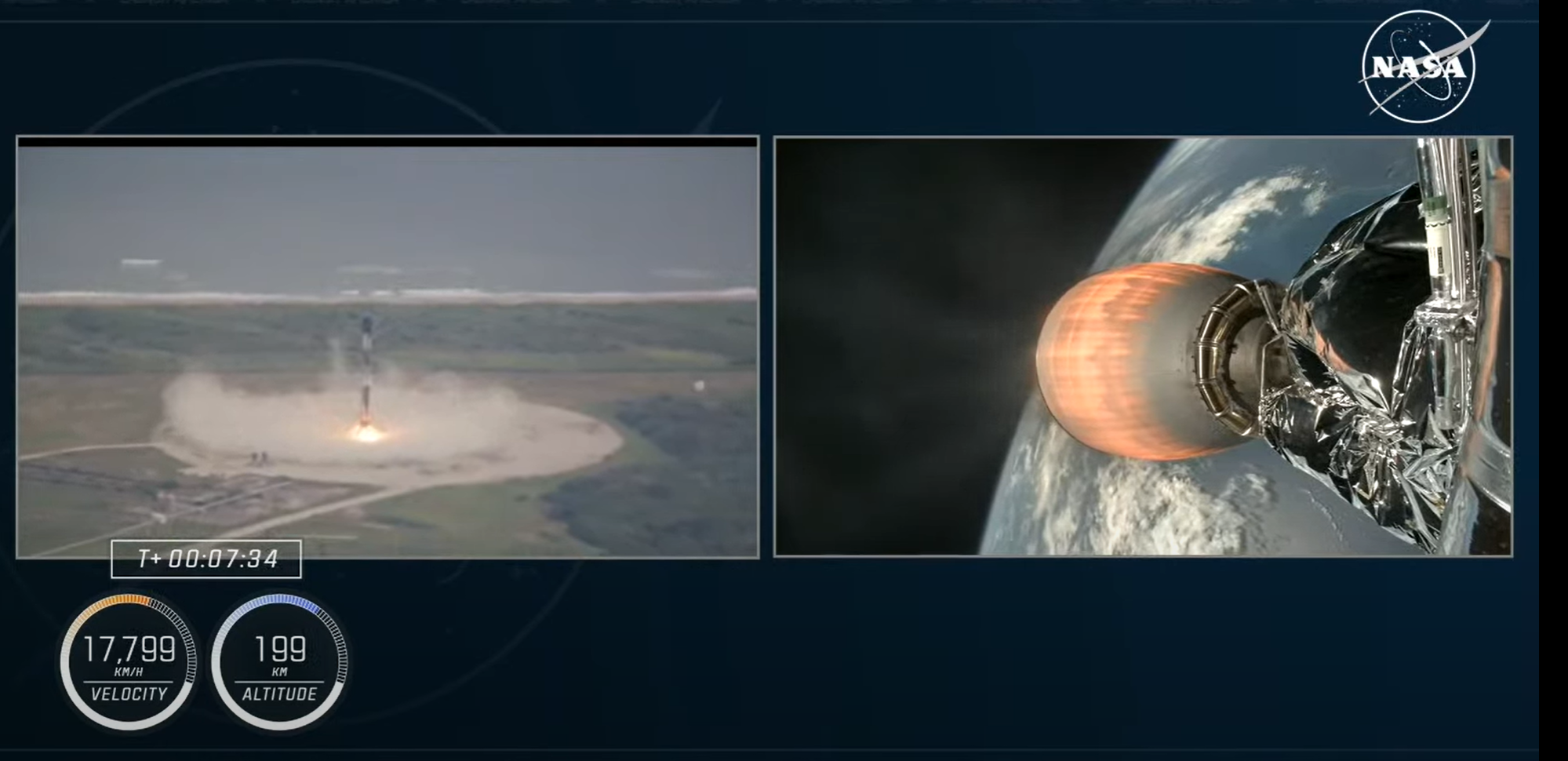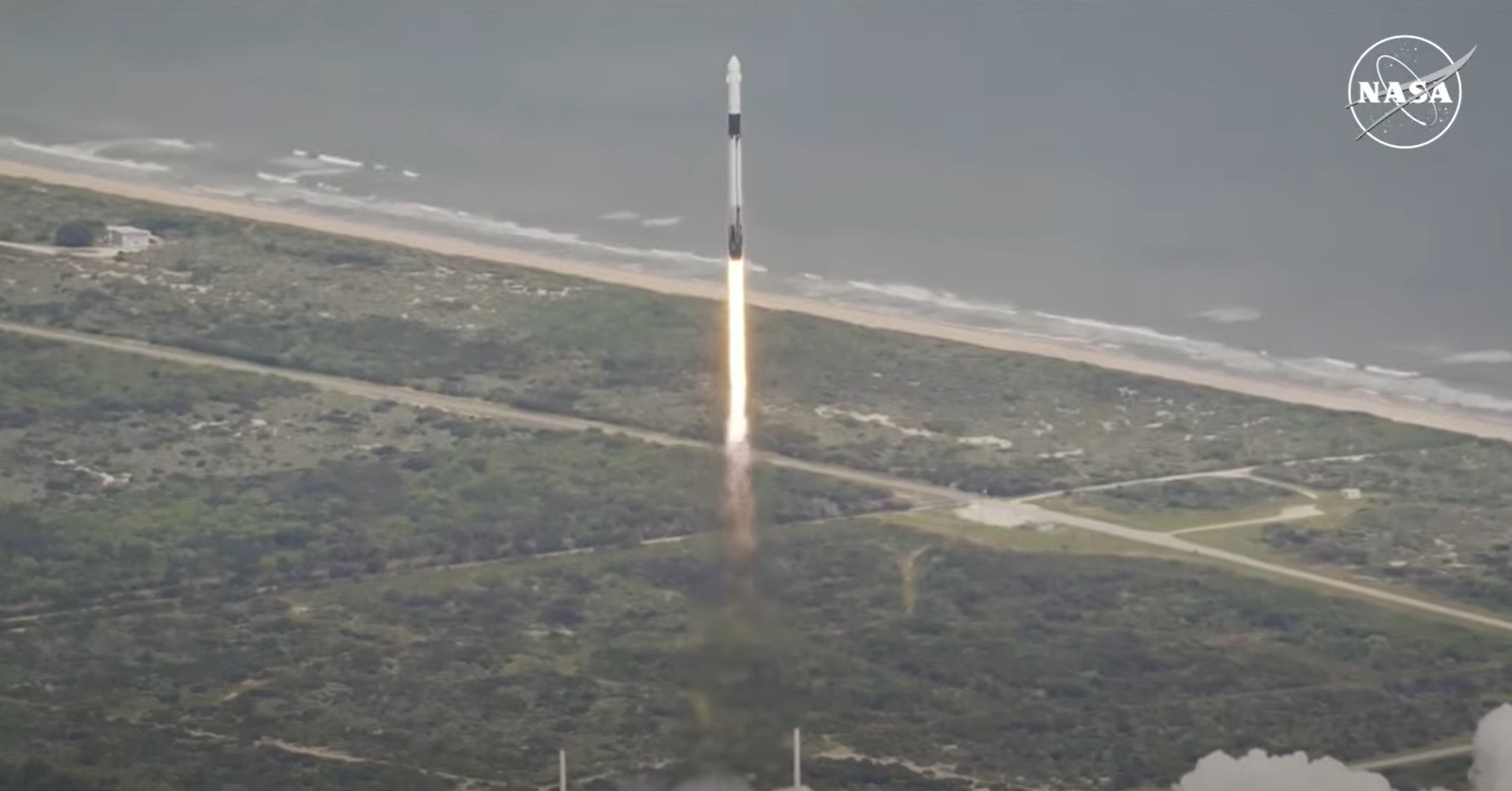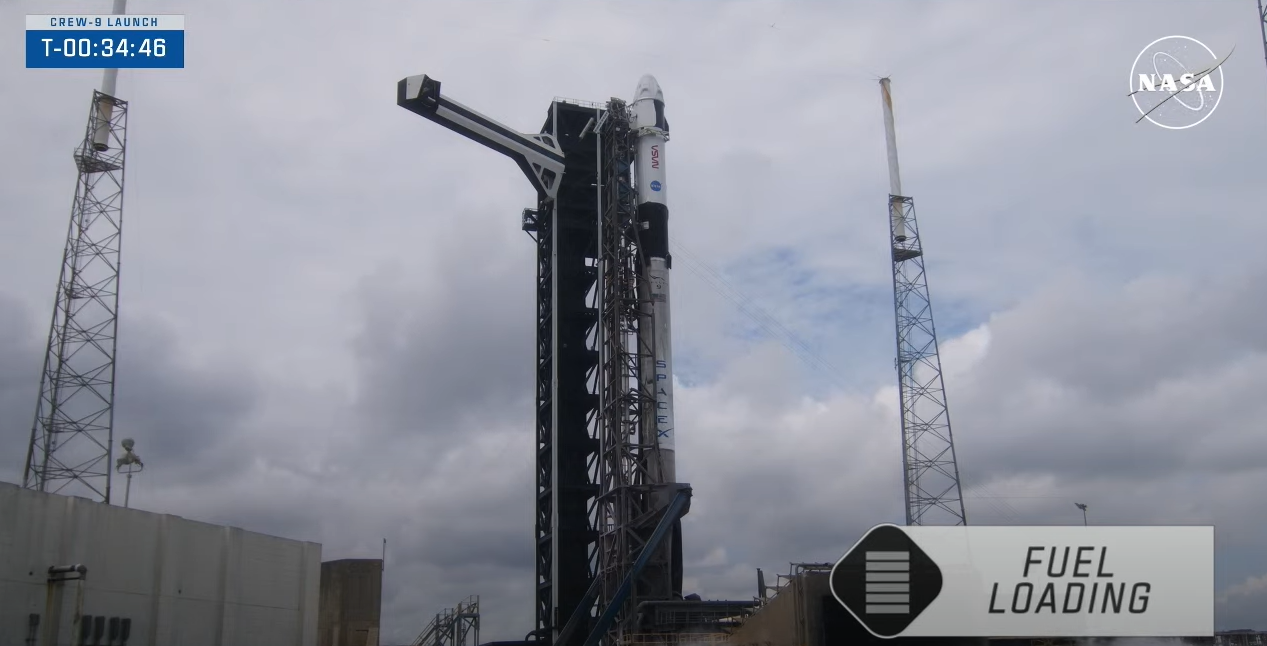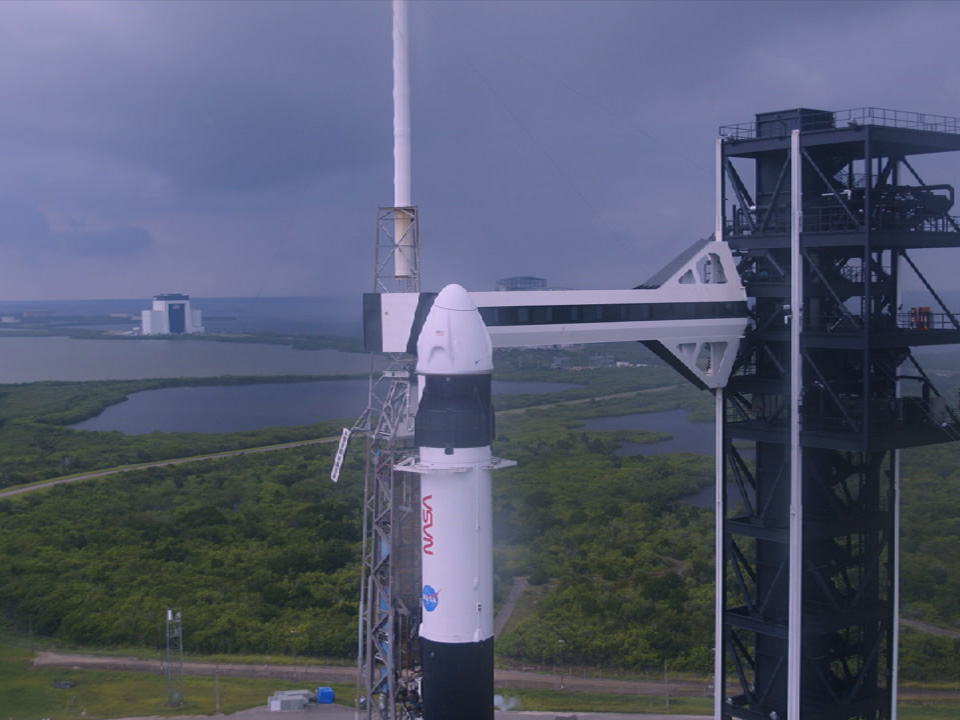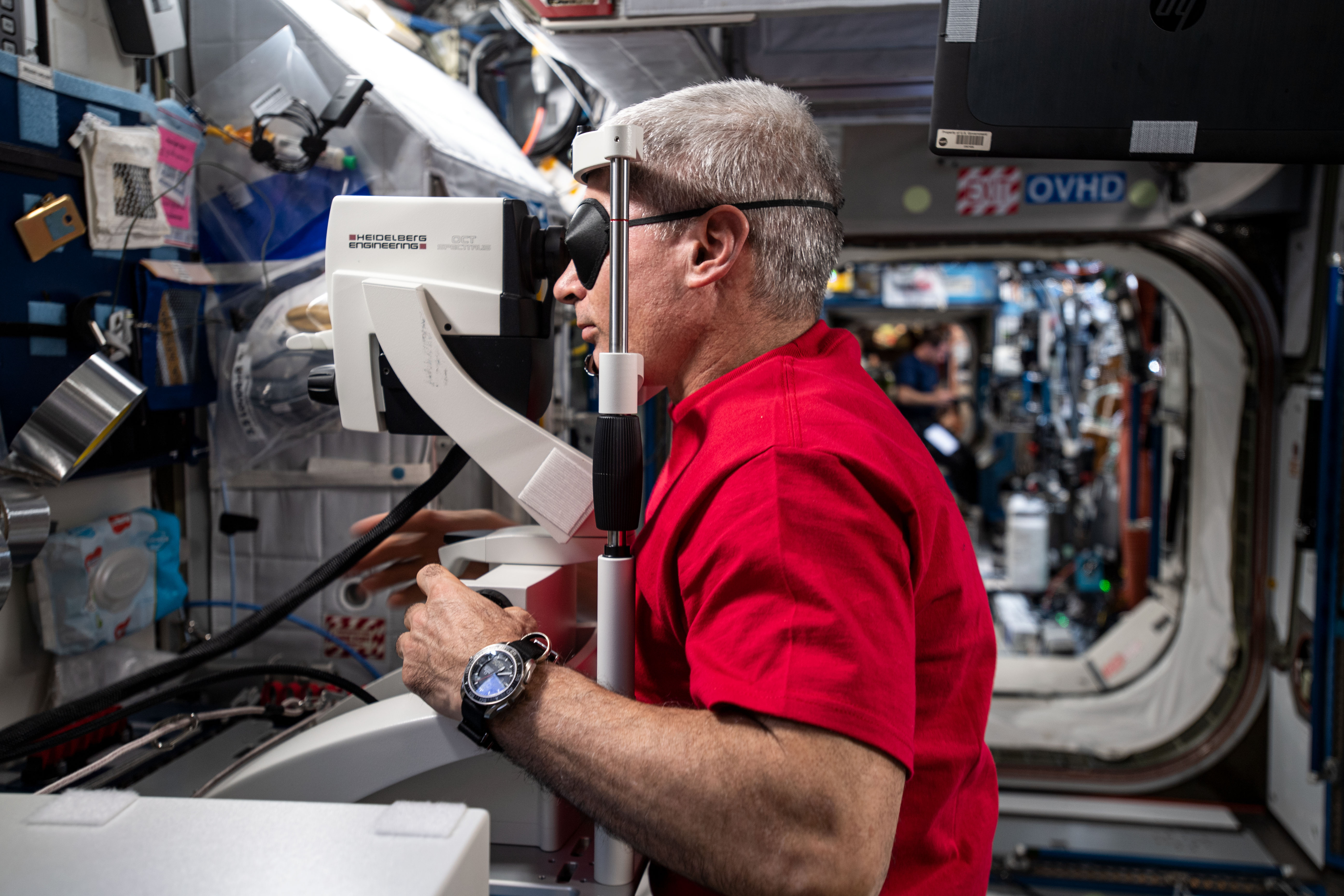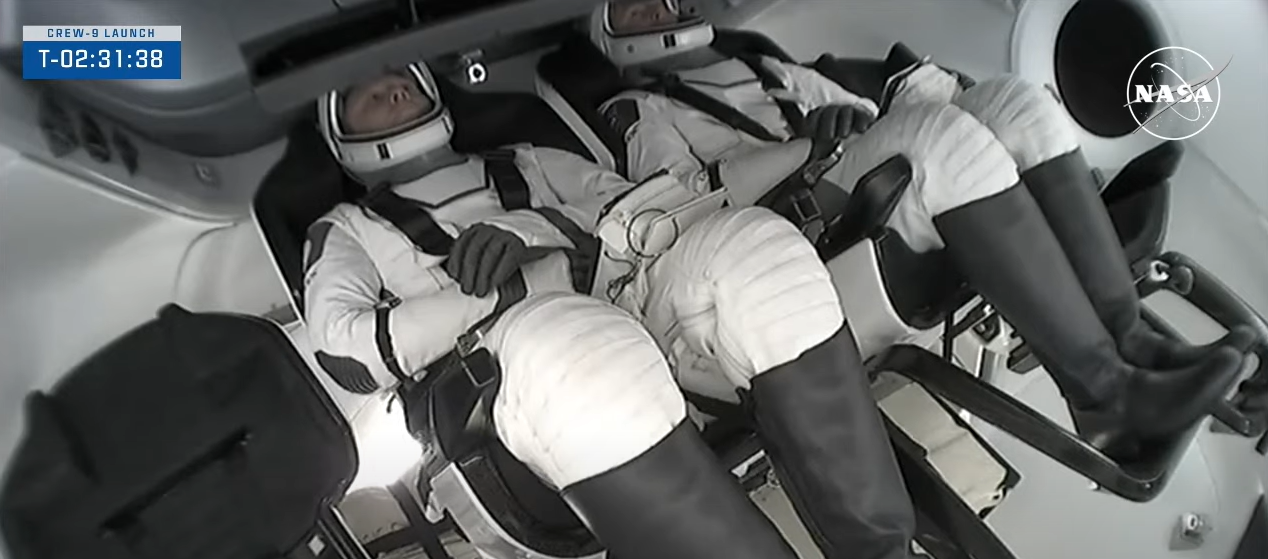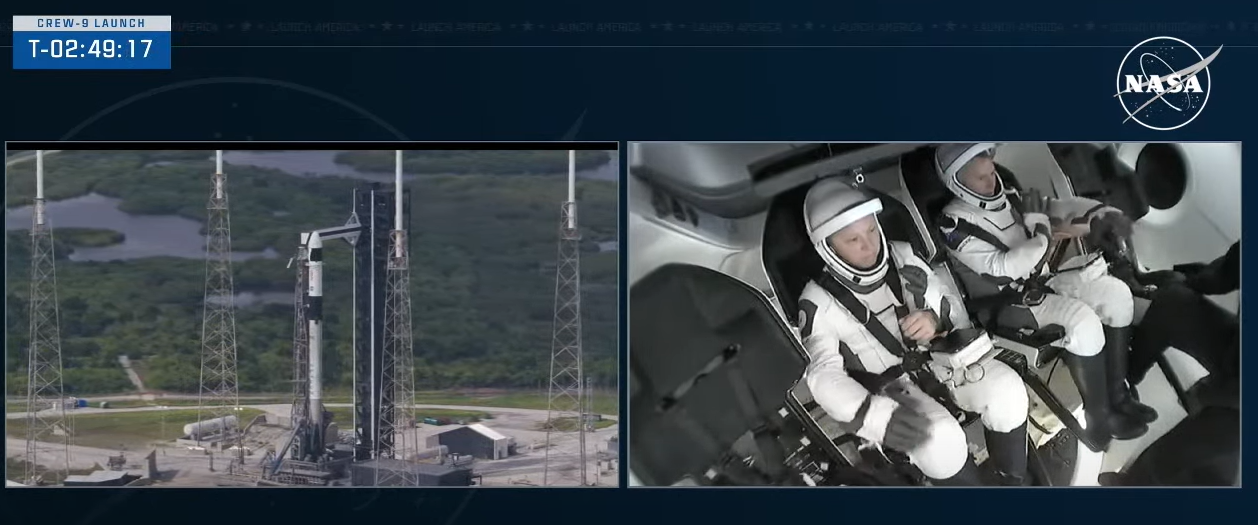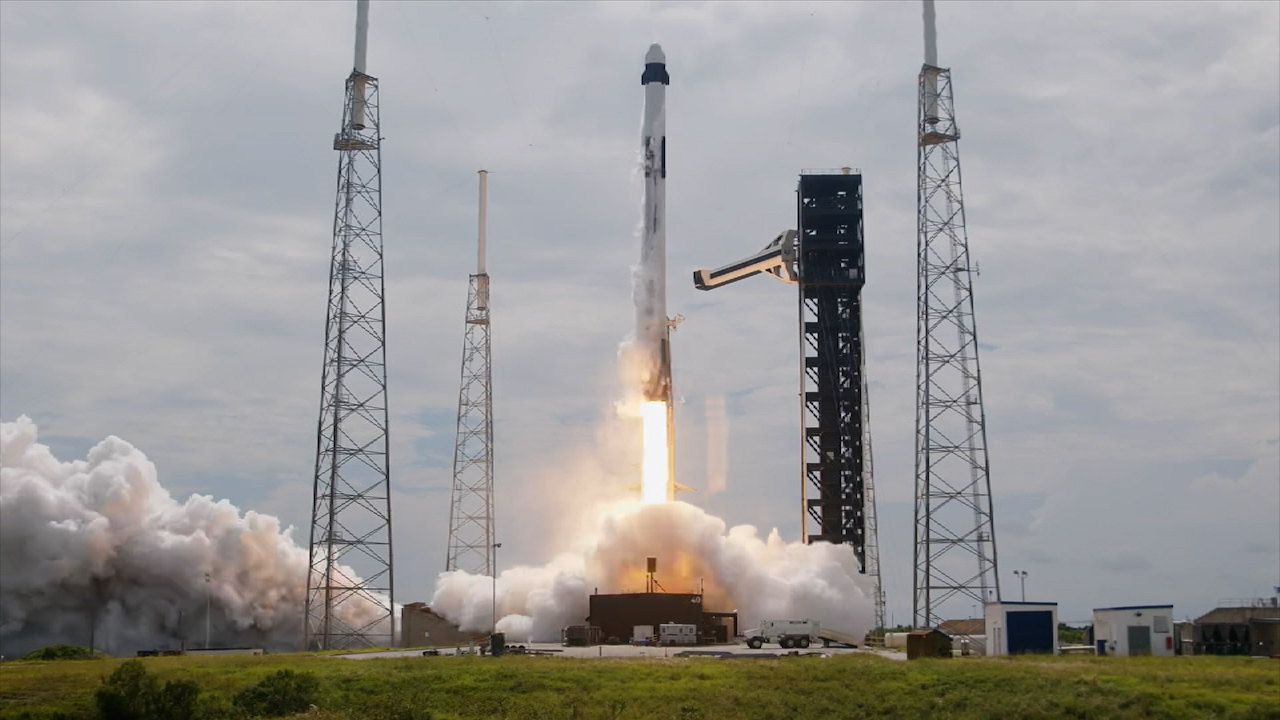
The SpaceX spacecraft carrying Crew-9 members NASA astronaut Nick Hague, commander, and Roscosmos cosmonaut Aleksandr Gorbunov, mission specialist, to the International Space Station has safely reached orbit, and the nosecone has opened.
A postlaunch news conference will be held at 3 p.m. EDT at the agency’s Kennedy Space Center in Florida with the following participants:
- NASA Deputy Administrator Pam Melroy
- Ken Bowersox, associate administrator, NASA’s Space Operations Mission Directorate
- Dana Hutcherson, deputy program manager, Commercial Crew Program, NASA Kennedy
- Dina Contella, deputy manager, International Space Station Program, NASA Johnson
- Sarah Walker, director, Dragon Mission Management, SpaceX
NASA will air the postlaunch news conference on NASA+ and the agency’s website. Learn how to stream NASA content through a variety of platforms, including social media.

